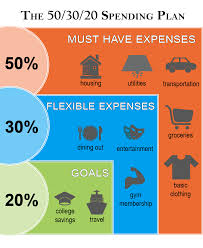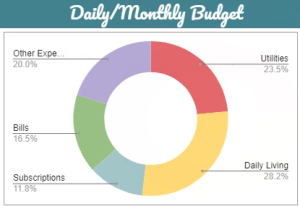Is Cybersecurity the Future?

Exploring the Growing Importance of Digital Protection
In today’s increasingly digital world, this has been the question on Manys minds. With the rapid rise of technology, cloud computing, and the Internet of Things (IoT), the need for robust digital protection has never been more critical. Cybersecurity is no longer just an IT concern—it’s a global priority for businesses, governments, and individuals alike. Let’s dive into why cybersecurity is shaping the future and how it impacts our lives.
The Growing Importance of Cybersecurity
As technology advances, so do the threats that come with it. Cyberattacks are becoming more sophisticated, targeting everything from personal data to critical infrastructure. According to recent reports, cybercrime damages are expected to reach $10.5 trillion annually by 2025. This staggering figure highlights the urgent need for effective cybersecurity measures.
Businesses are increasingly reliant on digital tools and platforms, making them vulnerable to data breaches, ransomware, and phishing attacks. A single security lapse can lead to significant financial losses, reputational damage, and legal consequences. As a result, organizations are investing heavily in cybersecurity to safeguard their assets and maintain customer trust.
Cybersecurity as a Career Path
The demand for skilled cybersecurity professionals is skyrocketing. With millions of unfilled positions worldwide, it offers a promising career path for those interested in technology and problem-solving. Roles such as ethical hackers, security analysts, and chief information security officers (CISOs) are in high demand across industries.
Moreover, its careers are not limited to tech companies. Sectors like healthcare, finance, education, and government all require experts to protect sensitive data and systems. As the field continues to evolve, professionals with up-to-date skills and certifications will be well-positioned for success.
How Cybersecurity Impacts Everyday Life
It isn’t just about protecting businesses—it’s about safeguarding our daily lives. From

online banking and shopping to social media and smart home devices, our personal information is constantly at risk. Cybercriminals exploit vulnerabilities to steal identities, commit fraud, and disrupt services.
By prioritizing cybersecurity, individuals can take proactive steps to protect themselves. This includes using strong passwords, enabling two-factor authentication, and staying informed about the latest threats. As technology becomes more integrated into our lives, cybersecurity awareness will be essential for everyone.
The Future of Cybersecurity
The future of cybersecurity is both challenging and exciting. Emerging technologies like artificial intelligence (AI) and machine learning are being used to detect and prevent cyber threats in real-time. However, cybercriminals are also leveraging these tools to launch more advanced attacks.
Governments and organizations are working together to establish stricter regulations and standards for data protection. Initiatives like the General Data Protection Regulation (GDPR) in Europe and the Cybersecurity and Infrastructure Security Agency (CISA) in the U.S. are paving the way for a safer digital landscape.
As we move forward, collaboration between the public and private sectors will be key to staying ahead of cyber threats. Investing in education, innovation, and infrastructure will ensure that it remains a top priority.
Check Out: https://yellonaija.com/2025/01/06/inflation-effects-on-savings-and-investments/
AND: https://www.cisco.com/site/us/en/learn/topics/security/what-is-cybersecurity.html
Conclusion
So, is cybersecurity the future? The answer is a resounding yes. As our world becomes more interconnect

ed, the need for robust digital protection will only grow. It is not just a trend—it’s a necessity that will shape the future of technology, business, and society.
Whether you’re a business owner, a tech enthusiast, or simply someone who values online safety, understanding cybersecurity is essential. By staying informed and proactive, we can all contribute to a safer digital future.






 The urgency of climate change has pushed sustainability to the forefront of global agendas. Governments, corporations, and individuals are taking action to reduce carbon emissions and transition to a low-carbon economy. This has created a surge in demand for green investments, such as renewable energy projects and energy-efficient technologies.
The urgency of climate change has pushed sustainability to the forefront of global agendas. Governments, corporations, and individuals are taking action to reduce carbon emissions and transition to a low-carbon economy. This has created a surge in demand for green investments, such as renewable energy projects and energy-efficient technologies.

 think about how your travel experiences align with them.
think about how your travel experiences align with them.
 f your money.
f your money.

